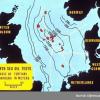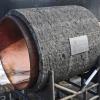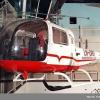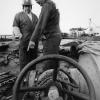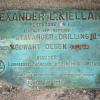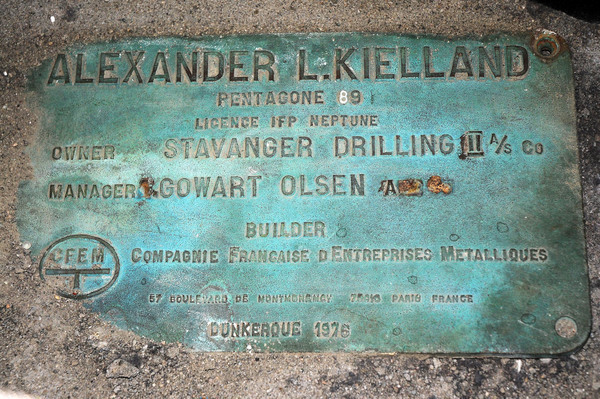Lessons learned?
The aftermath of the Ekofisk blowout sparked new concerns about the safety and, above all, the environmental impact of offshore oil production.
Ninety-five hundred tons of oil had been spilled into the very center of the North Sea, most of which could not be collected. Ultimately, the oil seems to have dispersed before it hit land. In spite of the fact that "current cards" released at the time of the disaster had reached the coast of the Netherlands, oil apparently never did. Nevertheless, stricter regulation for oil wells was adopted, including a stipulation that crew have separate accommodation off of the platform.
As it turned out, this change had its own risks. In 1980, the floating hotel platform, the "Alexander Kielland," capsized in a heavy storm, killing 123 people. Faulty design had led to weak supports that eventually failed in the storm.
 Previous Story
Previous Story
How to cite this page
Alexander Badenoch, 'Lessons learned?', Inventing Europe, http://www.inventingeurope.eu/infrastructures/lessons-learned
Sources
- Kvendseth, Stig S. Giant Discovery: A History of Ekofisk Through the First 20 Years. Phillips Petroleum Company Norway, 1988.





